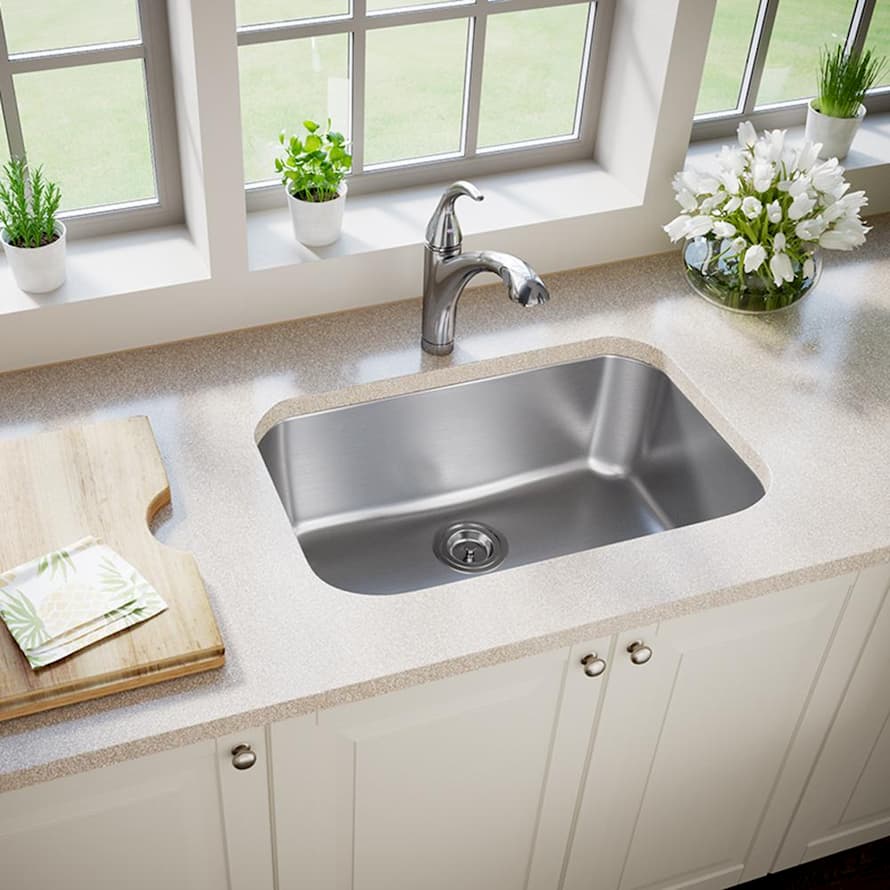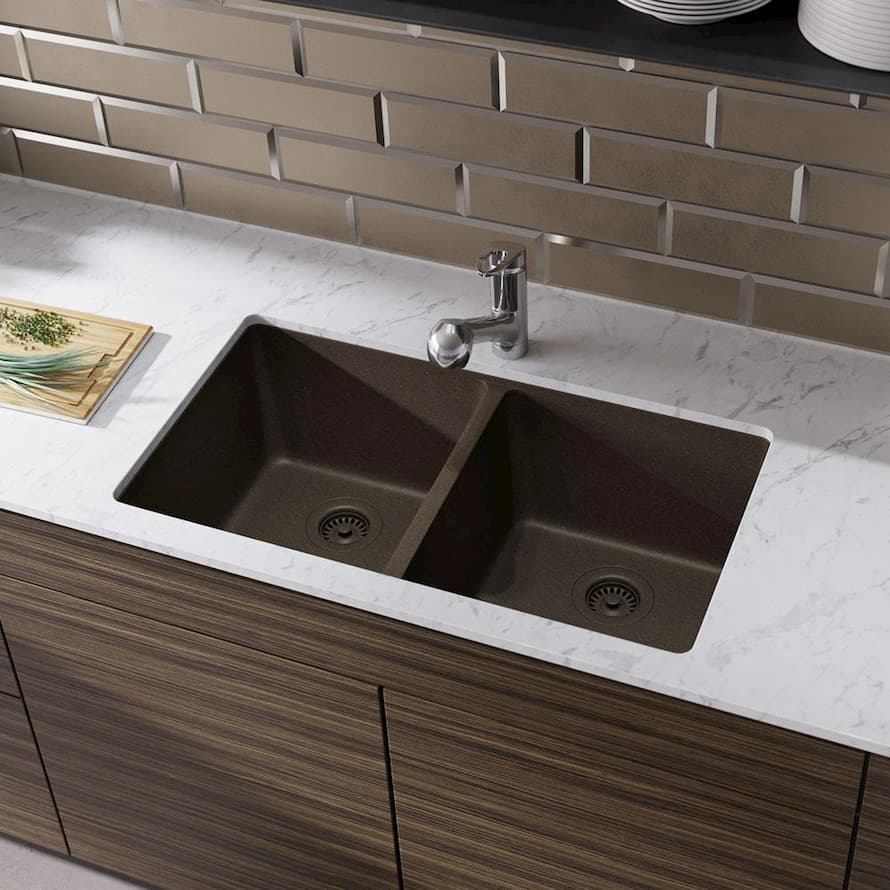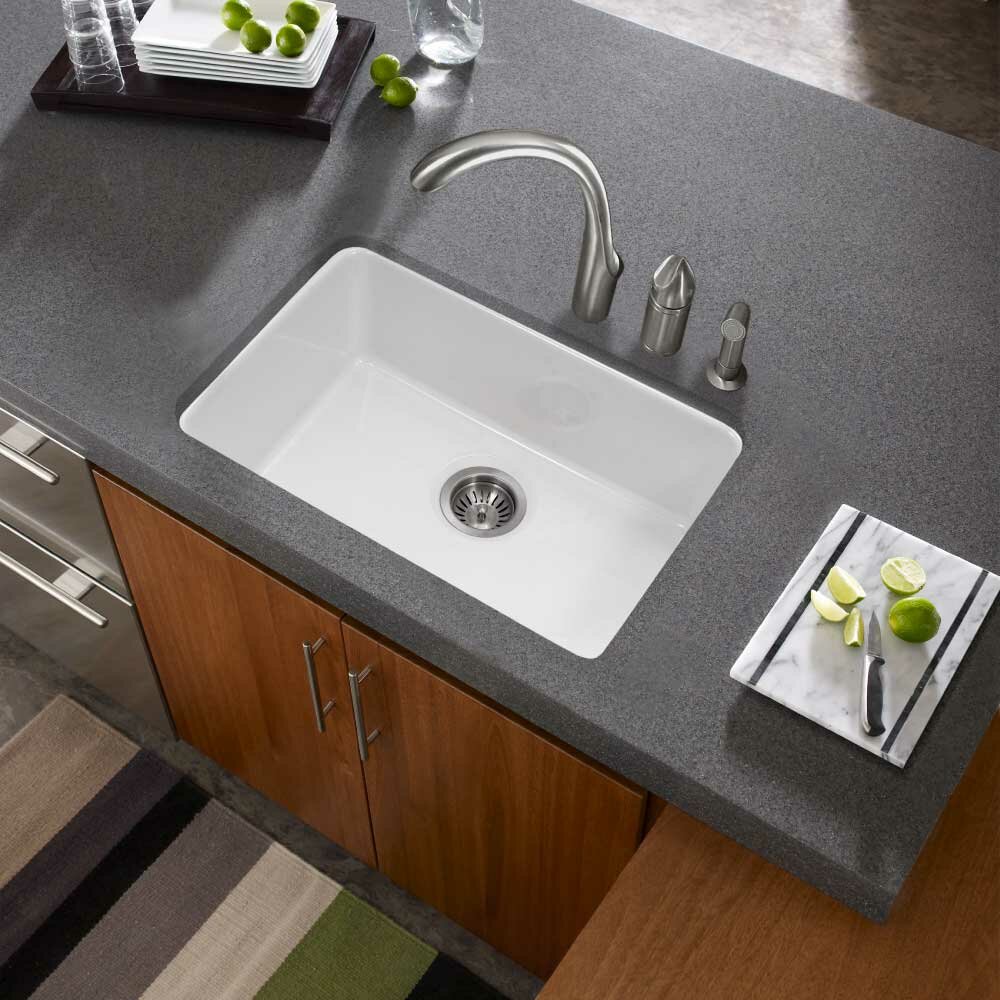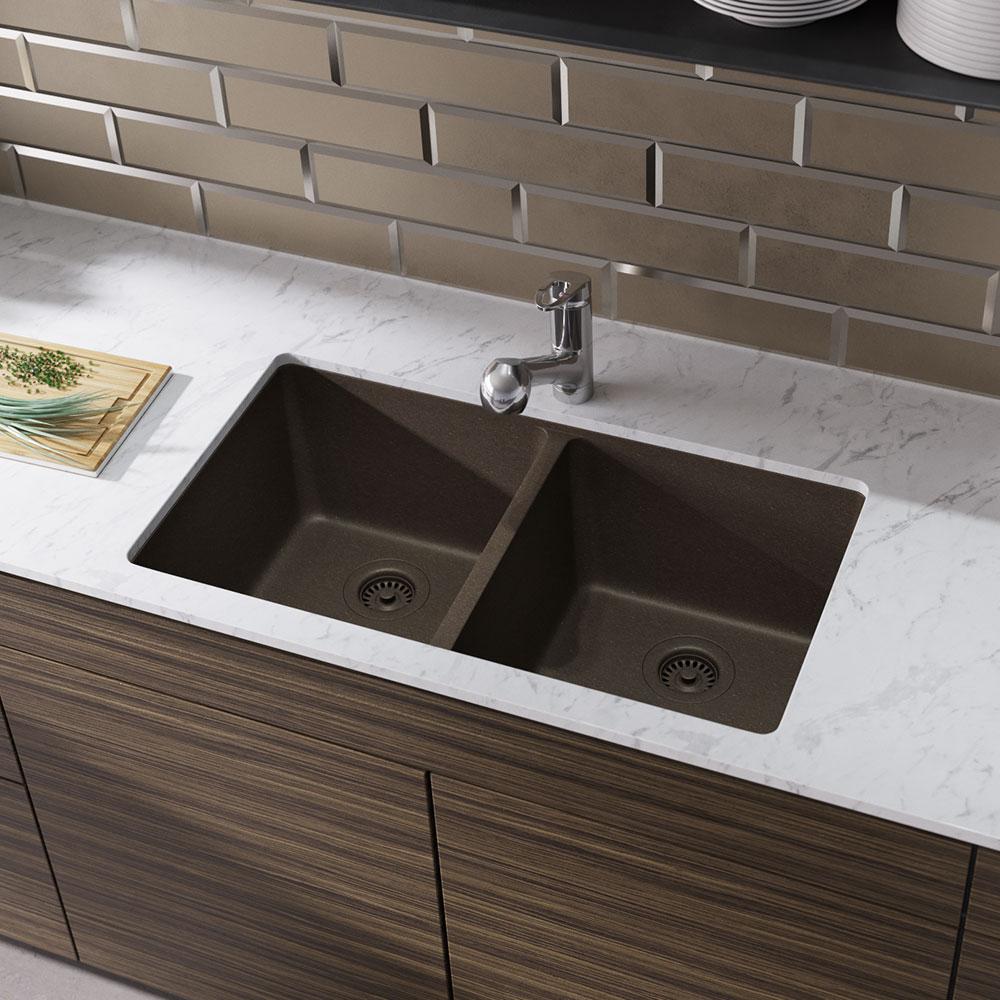Home and Garden
Everything You Need to Know About Under-Mount Kitchen Sinks
Right after the living room, the kitchen is the second most important place in a home as it is considered the place where the whole family gathers the most. That’s why these days people pay so much attention to its appearance and functionality. And while the floor is definitely something that can turn the kitchen from drab to fab, the kitchen sink also plays a vital role.
You can choose from a range of kitchen sinks differing in style, size, type, colour and material. But out of all, the undermount sinks are among the most popular and commonly used types.

What is an Undermount Kitchen Sink?
As the name implies, these sinks are attached to the bottom of the counter with the help of special clips. The thing that makes undermount sinks eye-catching is their smoother look and wide range of designs, materials and finishes. No matter the existing style in your kitchen, you can easily find the one that can meet your needs. What’s more, a sink like this will allow you to clean any water or crumbs on the countertop with just a few simple swipes
Just like all kitchen sinks, the undermount ones can also come in a single and a double basin type. Both of them can vary in size, so choose depending on how much space you have and your habits. For instance, the double basin sinks allow for washing the dishes on one side and rinsing/drying on the other side. In other words, the divided version of undemount kitchen sinks serves a double purpose and is great for households without a dishwasher. Single basins, on the other hand, look more appealing and sleek and are great for those of you who don’t have to deal with lots of dishes on a daily basis.
Types of Undermount Kitchen Sinks Materials
Stainless Steel

Without a doubt, stainless steel is one of the most commonly used types of materials for kitchen sinks. Except for being affordable, stainless steel is considered stylish, appealing and easy to maintain material which is the reason for its wide use. What’s more, this material is quite versatile and can be used for the installation of different sink types. A thing to have in mind is that this material is classified in terms of gauge. Consequently, higher gauge means lighter and lower gauge means heavier. Usually, most kitchen sinks are somewhere between 15 – 24 gauge, while residential sinks are around 18 – 22 gauge.
When compared to other materials, stainless steel can be a bit louder which is why the newest versions are usually coated and padded in order to reduce the noise. Stainless steel is extremely durable and has excellent resistance to heat and stains. Its main downside is that it can show water spots more clearly, so keeping it clean and shiny all the time seems like mission impossible.
Granite Composite

Generally speaking, today’s versions of composite kitchen sinks are usually made either of granite or quartz composite. Composite sinks are made of combining quartz or crushed granite with a resin filler, and the mixture can vary, however, the usual ratio is 80% stone and 20% resin. This combo usually has the same qualities of real quartz and granite, only it is more durable. These combos are tough, resistant to stains and scratches and are way easier for maintaining. Unlike investing in 100% granite kitchen sink, these combos are way more durable and resistant to chips and scratches which makes them extremely long-lasting.
Copper

Copper kitchen sinks are among the most alluring and bold options on the market. Their colour is completely unique and can instantly jazz up any kitchen. This material can develop a natural finish known as patina which develops a deep brown colour over time. So, if this is something that would bother you, it’s best to rely on stainless steel or granite composite kitchen sinks. Just like with stainless steel, the thickness of copper sinks is measured in gauge. So, a thicker copper will be less noisy and more resistant to denting and vice versa.
Fireclay

Those of you who are in love with the white, sleek and smooth kitchen sinks, considering the fireclay option would be perfect. These sinks are made by moulding a ceramic clay into the shape of a sink. An important part of the process is letting the sink dry at high temperature for about 40 hours. Once done, an enamel coat is applied over the sink at extremely high temperature (more than 1000°C) for about 20 hours. All this is of vital importance as it can add to the sink’s strength and resistance to chipping. The main downside of fireclay sinks is that they are more prone to cracking than some other materials despite the proper installation and manufacturing process.
Do You Install Undermount Sink Before Countertop?
The general rule about installing an undermount kitchen sink is considering its weight. Each type and material has a different weight, so following the basic rules is paramount.
How to Measure Cabinet for Undermount Sink?
First, you’ll need to empty the cabinet for easier management and for obtaining accurate measurements. Then you can begin following a few simple steps and determine the sink’s width and depth.












